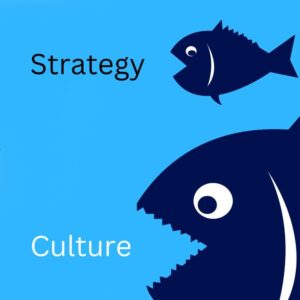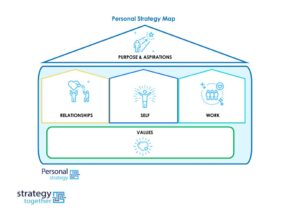“In the time of crisis, more than ever you need a plan. Overcommunicate where you are going, how you are getting there and fight like hell to get your people on the same page.” Jack Welch, CNBC 15th September 2008
At the time, Welch’s words really resonated with me and I found that those leaders that followed this advice were better positioned to navigate the turbulence of the financial crisis.
But a plan without a purpose lacks direction and meaning.
People want to understand “What’s the point of the pursuit?” And “Does the pursuit align with what’s important to me?”
My purpose and values are like a rope across the river, so that when the fast running waters of life threaten to sweep me away I can hold on to it to keep my footing.
So it is when we are experiencing turbulence in our own lives or our businesses, having clarity on what we are aiming for and why and ensuring everyone is on the same page is essential.
When employees are not familiar with the strategy and how it’s relevant to them, when people aren’t empowered to deliver because resources are not aligned with the strategic ambitions, and when management doesn’t have regular quality strategic conversations, good strategies fail. (Reasons Why Good Strategies Fail, Renaissance/CFO Magazine).

Translating the ‘Strategic Plan’ into a clear story of strategic priorities in a cause-and-effect model helps everyone to align accordingly, and moves the organisation in concert.
When resources are scarce and we need to ensure that the strategy has every opportunity to succeed, focusing on effective communication of it is a fundamental, not an optional afterthought.
The strategy map is an excellent framework for communicating strategy clearly identifying the desired outcomes and the performance drivers, and also the enablers of strategy – the intangible assets that deliver tangible outcomes.
It creates a focus on the critical few strategic priorities and is the architecture to understand the trade-offs and choices that must be made across the strategic themes as part of a holistic and dynamic approach to making strategy happen. It’s a basis to tell the story of your strategy.
Storytelling is part of what makes us human and being able to tell the story brings the strategy to life. When you can tell the story of your strategy, and it sits well with your purpose and values, you know that you’ve got a fighting chance of bringing it to fruition.




